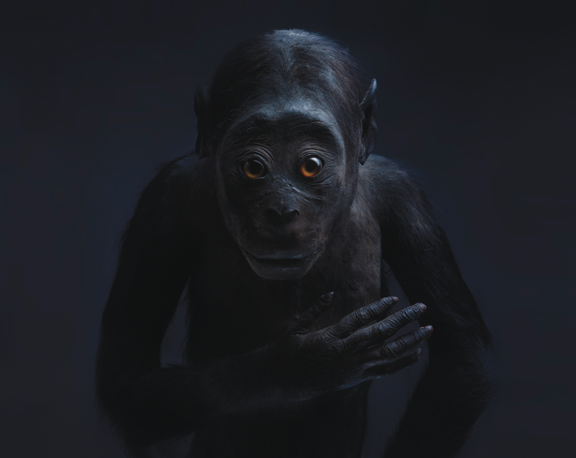 Over 98 percent of all species ever to live on earth are now extinct. Though some of this loss is to be expected as part of the natural cycle of evolution— in nature, change is constant; stasis is abnormal— there have also been moments of catastrophic change, when the diversity of life has plummeted so suddenly and dramatically that the rules of evolution no longer apply. Over the course of geological history there have been at least five of these mass extinction events. Scientists are now saying that we are currently in the midst of a sixth.
Over 98 percent of all species ever to live on earth are now extinct. Though some of this loss is to be expected as part of the natural cycle of evolution— in nature, change is constant; stasis is abnormal— there have also been moments of catastrophic change, when the diversity of life has plummeted so suddenly and dramatically that the rules of evolution no longer apply. Over the course of geological history there have been at least five of these mass extinction events. Scientists are now saying that we are currently in the midst of a sixth.
There are many reasons for this—climate change and ocean acidification are big ones—but all of them stem from a single weedy species: us. And, as the author of The Sixth Extinction Elizabeth Kolbert explains in her interview “No Easy Answers,” humans have been driving other species extinct for a lot longer than we have been changing the composition of the atmosphere. Ever since the first humans left Africa, wherever we have gone waves of extinction have followed.
Why should we care? Kolbert responds to this question with a better one: “If you don’t care about life on earth, what do you care about?”
Caring and compassion are the beating heart of Buddhism; a bodhisattva willingly postpones enlightenment to cycle through samsara and alleviate the suffering of others. The trouble is that for many species this cycle is coming to an end. In the Great Matter of birth and death, extinction might very well be the Greatest Matter. What is our responsibility as Buddhists during the sixth extinction? Does Buddhism have anything special to help mitigate the current crisis?
The contributors in this special section all approach these questions in different ways. The English writer and former environmental activist Paul Kingsnorth takes the long view in his essay “The Witness,” recognizing that the earth has survived mass extinctions in the past. The Buddhist scholar and Zen teacher David Loy, in “Awakening in the Age of Climate Change,” flips the framework on its head, arguing that extinction isn’t a crisis that Buddhism might solve; instead, it is itself a crisis for Buddhism. And in “The Buddha’s Footprint,” the historian Johan Elverskog illustrates Buddhist cultures’ surprising history of aiding and abetting the mass degradation of nature.
Fortunately, however, Elverskog also points out that Buddhism has vastly reformed in regard to environmental issues over the past two centuries—and that its most lasting legacy has yet to be cemented. If there is anything special that Buddhism has to offer in the face of our current extinction crisis, it must be rooted in its capacity to help us see through the illusion of separate selves. The truth of interdependence reminds us that we’re all in this together. The truth of impermanence helps us look at extinction unflinchingly. Buddhism can offer us a framework for first understanding, and then acting on, our current situation.
For decades, the Buddhist scholar and activist Joanna Macy has been leading workshops designed to help people develop the emotional clarity and stability necessary to take part in the earth’s healing. This process, outlined in “The Work That Reconnects,” is not about finding hard solutions to environmental problems but about providing a place where people can speak openly about their concerns for the world and build their motivation to act on its behalf. If we focus on our intentions rather than on results, we can do this work regardless of how optimistic we are about the future.
Kingsnorth has written that there are two stories we are good at telling ourselves: one is that the world is ending; the other is that everything will be fine. As followers of the Middle Way, we would do well to remind ourselves that the future is likely to be played out somewhere between these two narratives. Some tragic endings are inevitable, and we will have to learn how to live with the accompanying guilt, pain, and loss. At the same time, we still may be able to prevent the worst of it—for both humans and nonhuman species. That is to say, with a little luck and a lot of work, we might preserve humanity’s place in the cycle of samsara, with a new perspective on suffering and our relationship to this precious earth.
Thank you for subscribing to Tricycle! As a nonprofit, we depend on readers like you to keep Buddhist teachings and practices widely available.
